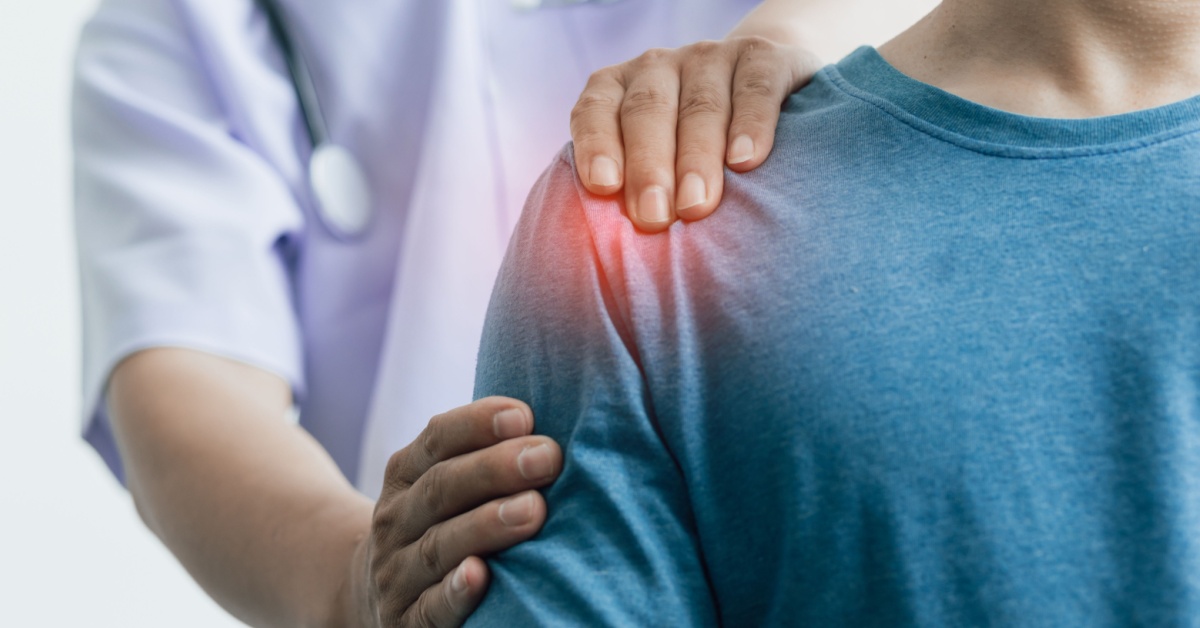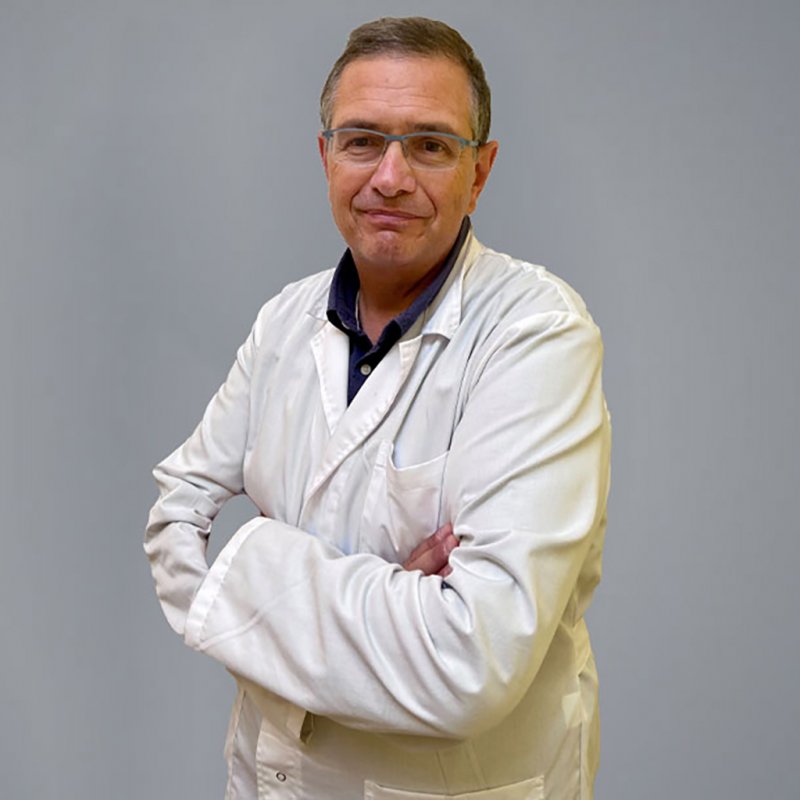Shoulder Surgery: New Techniques

Publication date: 10-01-2025
Updated on: 18-02-2025
Topic: Orthopedics
Estimated reading time: 1 min
Article Author
Lara Benvenuti
Medical Editor
Francesco RuffoniEditor and Translator
Anastasiia ByvaltcevaThe shoulder is the most mobile joint in the body, fundamentally performing movements such as flexion (elevation of the limb), abduction (moving the limb away from the body), and internal and external rotation.
Like other joints, it is prone to trauma and the onset of pathologies which, at times, require the use of surgical procedures. In recent years, these procedures have undergone significant changes, with important innovations, especially with the advent of arthroscopic techniques.
Dr. Francesco Ruffoni, head of the Shoulder, Hip, and Knee Prosthetic Surgery Unit at the Istituto Clinico San Siro, provides an overview of the evolution of shoulder surgery techniques over the past few decades, highlighting both the advantages and benefits for the surgeon and the patient.
The First Studies on Shoulder Surgery
“To fully understand the evolution of shoulder surgery over the past few decades,” explains Dr. Ruffoni, “it is essential to distinguish between two time periods:
- Pre-arthroscopic shoulder surgery;
- Post-arthroscopic shoulder surgery.
The post-arthroscopic era has certainly helped to better understand the functional anatomy of the shoulder joint.
A significant contribution in this field came from Professor Charles S. Neer II of Columbia University (NY) in the 1970s. He introduced and brought attention to a joint that had been previously underestimated, highlighting pathologies such as subacromial impingement and rotator cuff tears.
It was Professor Neer, together with his students, including Bigliani and Flatow, who first described and studied the shoulder in its entirety, from all perspectives.”
The Pathologies Treated: From the Beginning to Today
Initially, the main pathologies for which shoulder surgery was developed were those related to fractures and primary and secondary tumors. These were treated with open surgery, which involved fracture reduction and, in the case of tumors (especially primary ones), excision (removal) of the neoplasm itself.
This also includes methods used to treat bone cysts and aneurysmal cysts of the shoulder in children.
“With the advent of the arthroscopic era,” continues Dr. Ruffoni, “shoulder pathologies began to emerge more clearly and became the focus of attention for doctors and researchers. Tendon pathologies, and therefore soft tissue issues, first made their appearance, including:
- Subacromial impingement syndrome;
- Rotator cuff pathology;
- Shoulder instability.”
Since the 1950s, the surgery used to treat shoulder instability, known as the Latarjet-Bristow procedure, performed openly, involved a true ‘disassembly’ of the joint. A fragment of the coracoid was taken and then fixed onto the glenoid with small fasteners or pins, and later secured with the help of one or two screws.
Thus, the advent of arthroscopy was decisive and completely changed the approach to treating shoulder pathologies. Thanks to this technique, today it is possible to perform procedures without making large incisions on superficial tissues (skin, subcutaneous tissue) or muscle-tendon structures, accessing the joint through small holes to effectively carry out various procedures.
Advanced Techniques in Shoulder Surgery
“Today, we can practically do everything arthroscopically,” asserts Dr. Ruffoni. “One of the latest advancements is the arthroscopically assisted Latarjet procedure, in which a fragment of the coracoid (a part of the scapula) is harvested and transferred into the joint, positioned on the glenoid, to restore stability to the shoulder.”
Additionally, ultrasound-guided lavage is used in calcific tendinopathies, which involves evacuating the calcification identified with ultrasound and then removing it through micro-tendon punctures using a needle, followed by lavage with only local anesthesia.
Regenerative medicine has also contributed to the development and implementation of some techniques: for example, in the treatment of rotator cuff injuries, it is not uncommon to take platelet samples, which are then centrifuged to produce PRP (platelet-rich plasma). This PRP is injected into the peri-lesional area to promote tendon healing.
We also cannot overlook prosthetic surgery, which is performed directly in cases of traumatic humeral pathologies (e.g., sliding or reverse prostheses), as well as in degenerative and arthritic conditions.
Sliding or anatomical prostheses replicate the joint's natural anatomy but require a healthy and functionally intact rotator cuff to ‘work.’
The reverse prosthesis, initially developed in France by Prof. Paul Grammont in the early 1970s and later modified in the mid-1980s, is a ‘reversed’ joint with a glenosphere on the scapular side and a concave stem on the humeral side, congruent with its counterpart. This type of implant works with the force of the deltoid muscle, even in the absence of a functional rotator cuff. Currently, about 50% of shoulder prosthesis surgeries involve reverse shoulder implants, yielding excellent results.”
In shoulder pathology, for some issues related to massive rotator cuff tears, open surgery (open techniques) has made a return, including tendon transplant procedures (tendon transfers).
Another method involves the use of biocompatible spacers such as the Balloon Orthospacer, which are positioned between the humeral head and the acromion to protect the sutures of large repaired tears or simply to substitute tendons, preventing the humeral head from rising towards the acromion.
“In trauma surgery,” concludes Ruffoni, “open surgery, prostheses, and plates are predominantly used, while in soft tissue surgery, such as tendon repairs or labral/instability lesions, arthroscopy is absolutely the first choice.
In some cases, the Latarjet procedure, which has evolved into an arthroscopically-assisted technique, remains a valid option for large labral lesions involving bony changes to the glenoid component (bone Bankart lesions).”